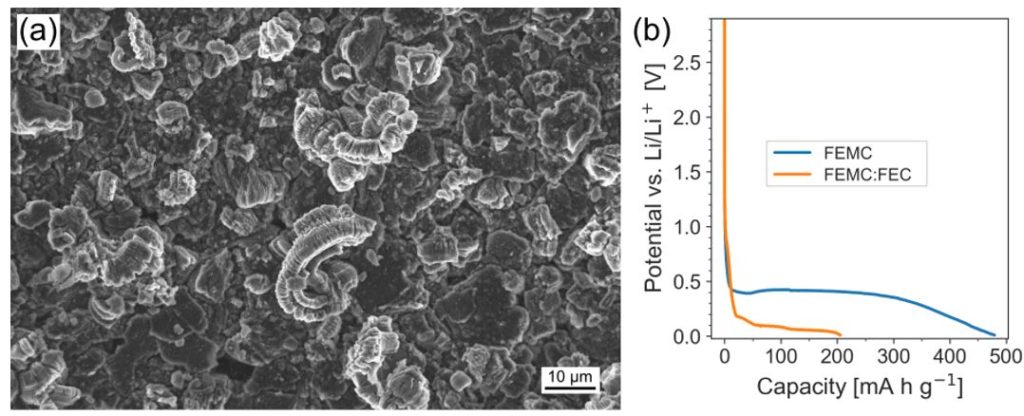Overcoming interfacial challenges for non-flammable battery electrolytes
Andrew Naylor
Uppsala University
As we strive for more sustainable rechargeable batteries, battery safety, and in particular flammability, has become of greater interest. Non-flammable or flame-retarding liquid electrolytes are currently under development. They are designed to offer the benefits of a conventional electrolyte, e.g. high ionic conductivity and wettability, but with the additional safety aspects. A common challenge, however, is the detrimental reaction of such electrolytes at the electrode-electrolyte interface, resulting in poor performance. Electrolytes based on a non-flammable solvent, 1,1,1-trifluoroethyl methyl carbonate (FEMC), have shown promise for their non-flammability attributes and other properties, but require approaches to stabilise the interfaces. Two such strategies are presented; the use of electrolyte additives, and interface engineering by pre-passivation. The interfacial behaviour of such electrolytes will be discussed including properties of the formed solid electrolyte interphase.
